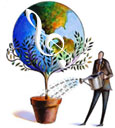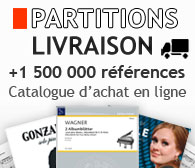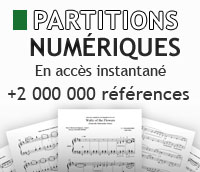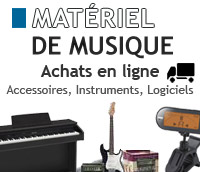"Gavotte" for Harp Alessandro Scarlatti Harpe Niveau de difficulté :
Évaluer :
|
VoirPDF : "Gavotte" for Harp (2 pages - 163.66 Ko)1 719x⬇ MP3 (3.51 Mo)339x⬇ 2 540x
| Compositeur |  Scarlatti, Alessandro (1660 - 1725) | ||
| Instrumentation | Harpe | ||
| Genre | Baroque | ||
| Arrangeur Editeur |  | ||
| Droit d'auteur | Public Domain | ||
| Ajoutée par magataganm, 02 Nov 2012
Alessandro Scarlatti (1660 – 1725) was an Italian
Baroque composer especially famous for his operas and
chamber cantatas. He is considered the founder of the
Neapolitan school of opera. He was the father of two
other composers, Domenico Scarlatti and Pietro Filippo
Scarlatti.
Scarlatti's music forms an important link between the early Baroque Italian vocal styles of the 17th century, with their centers in Florence, Venice and Rome, and the classical school of the 18th century. Scarla...(+) | |||
Suggestions Boutique
Suivant












